c/o Berlin (which has moved and is no longer in Mitte; Hardenbergstraße 22, 10623 Berlin) is a contemporary exhibition space dedicated to photography. Out of the four photographers being exhibited right now, we focused on the central two, both born in the 1940s and still working today: American photographer Stephen Shore and East German photographer Ulrich Wüst.
The Shore-show is a retrospective, which means we moved through is work chronologically (although since Shore moved between New York and pan-US projects, the show had a spatial element and made me think in particular a lot about how we might document our time here in Berlin and after, above and beyond the standard food-and-culture memoir), starting with his move at age 18 into Warhol’s Factory, through a conceptual period (grids!) in the 70s, into larger format, rich scenes of suburban and urban Americana, and finishing (somewhat disappointingly but I’d love it if someone argued me out of that thought) into the digital, streaming world of Instagram.
The Wüst collection is otherwise-organized: categorically, spatially and seasonally, with Stadtbilder (Cityscapes), Spätsommer (Late Summer), and Randlegen (Peripheries).


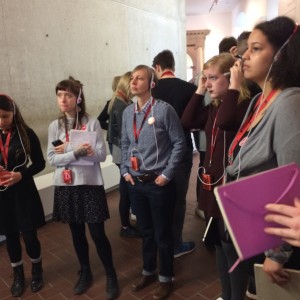
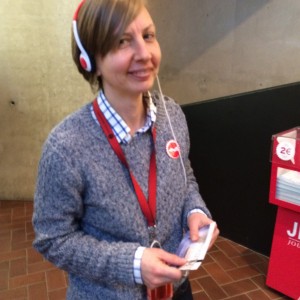
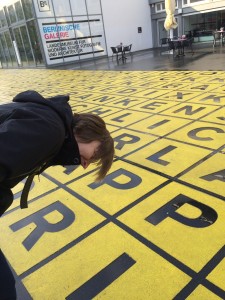

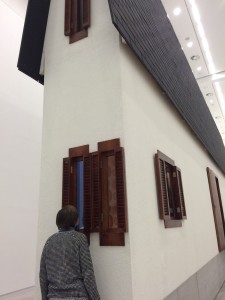

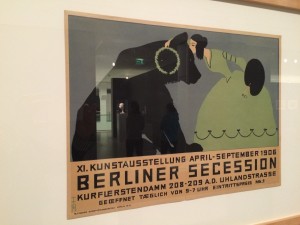
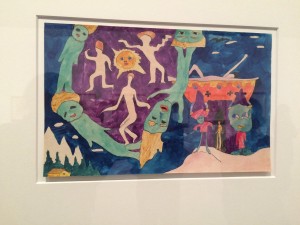
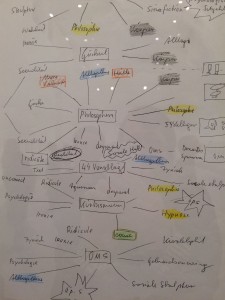


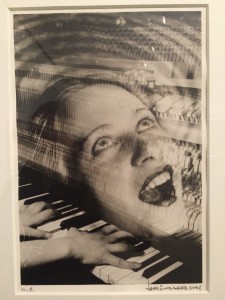
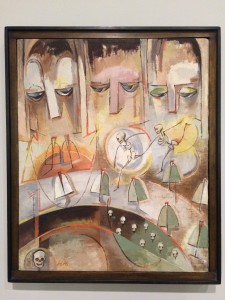
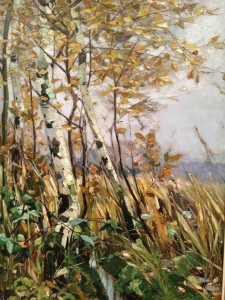
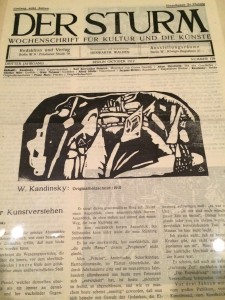
 Berlin
Berlin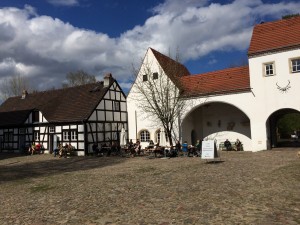

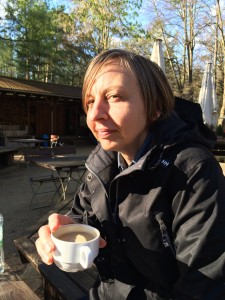
Recent Comments